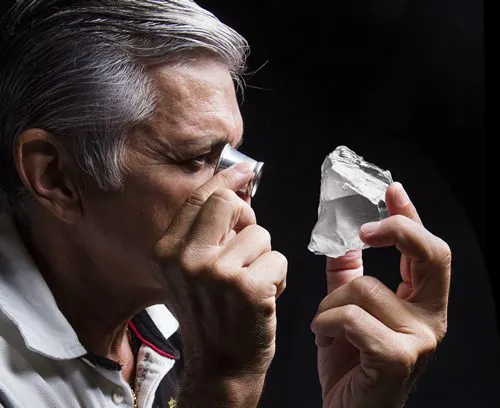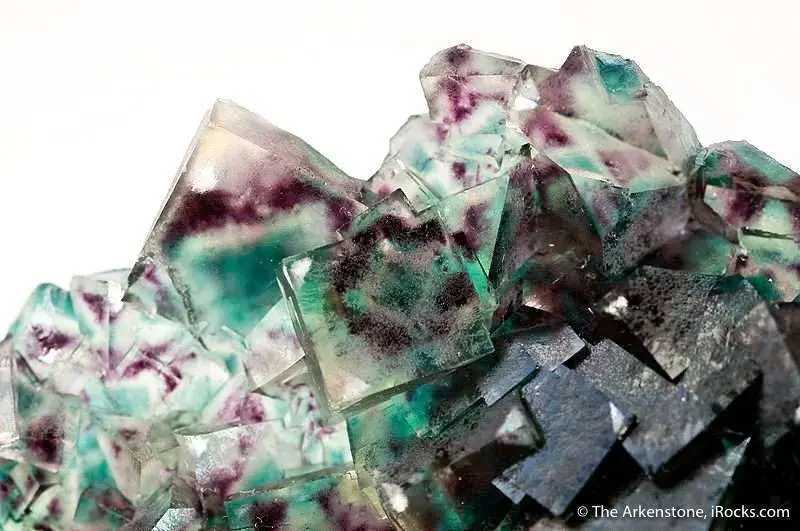Your stepping stone to a gemology education or career
Learn how to get started with the International Gem Society’s guide to gemstone identification.
Join our thriving community
Articles:1700+
Members:10,000+
Lessons:400+
Businesses:250+
What people are saying
Become a Gemology Pro
1.Gemstone pricing data at your fingertips
2.Access to hundreds of premium members-only articles
3.Option to take our two in-depth Certification Courses to accelerate your career
4.Explore your favorite gemstones with our step-by-step Mini Courses (250+ lessons)
5.A listing in the IGS Business Directory which can be discovered by our 500,000+ monthly website visitors

How to Use the Gem Price Guide
-
1.What are these prices based on?
The values listed are based on a variety of sources, including primary and secondary gemstone dealers, jewelers, miners, and wholesale suppliers.
A faceted gem's price is based on an evaluation of its physical and optical properties. These are often referred to as the Four Cs — color, clarity, cut, and carat (weight). However, despite well-established grading systems for color, clarity, and cut, any evaluation of these properties is inherently subjective. Even gemologists and appraisers may disagree about the quality of a specific stone, so disagreements regarding gem prices do occur.
Ultimately, the price of a gem is what one willing buyer and one willing seller can actually agree upon. Our gem price guide is just that — a guide. Keep in mind that gems are sold outside these price ranges every day. See our article on pricing faceted gems for more information.
-
2.Why do I see such large price ranges?
-
3.Are these prices for mined or lab grown gemstones?
-
4.Why don’t you include prices for white diamonds?
-
5.What do clarity grades like "VVS," "VS2," and "SI2." mean?









